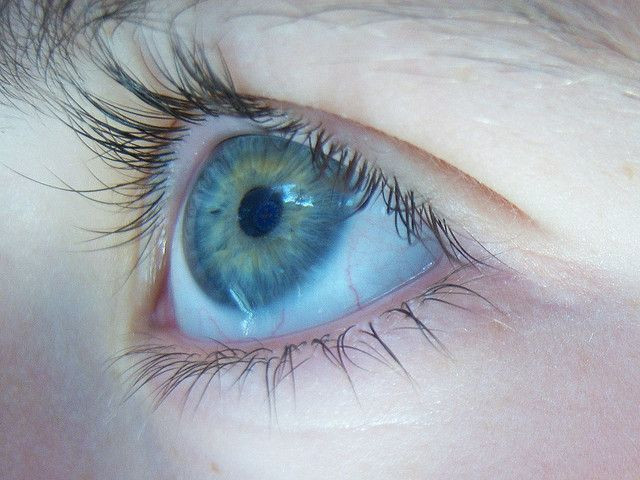Forensic Test Can Determine Person's Eye and Hair Color

A forensic test that has been developed to help police nab perpetrators of crimes can predict a suspect's eye color, hair color, and ethnic origin.
The test's ability and the science behind it has been outlined in Forensic Science International: Genetics. Developed by Susan Walsh and other researchers from the Netherlands, Greece, and Poland, the test uses phenotypes from DNA to determine a suspect's eye color, hair color, or place of ethnic origin. Even more extraordinarily, the HIrisPlex system can predict a suspect's appearance using "low amounts of template DNA, as well as degraded DNA," which means that the DNA does not need to be perfect in order for the system to read it.
Current tools are based on genetic profiling, which compares DNA from a crime scene with DNA stored in a database. But that method requires the DNA to already be in the system, which makes it largely unusable if the DNA comes from a perpetrator's first crime or if the perpetrator has never left DNA at a crime scene before.
The test is not perfect but it is pretty accurate. According to the article's abstract, "the individual-based prediction accuracies employing a prediction-guided approach were 69.5% for blond, 78.5% for brown, 80% for red and 87.5% for black hair colour on average...We furthermore demonstrate that it is possible to infer with a prediction accuracy of >86% if a brown-eyed, black-haired individual is of non-European (excluding regions nearby Europe) versus European (including nearby regions) bio-geographic origin solely from the strength of HIrisPlex eye and hair colour probabilities, which can provide extra intelligence for future forensic applications."
In other words, the test could accurately identify an individual with black hair 87.5 percent of the time, 80 percent for red, 78.5 for brown and 69.5 for blonde. The test can also correctly identify, with more than 86 percent accuracy, the ethnic origin of a person. (Of course, that may or may not be helpful, as a person's outward appearance may not necessarily reflect their origin.) The results are similar, no matter what the person's geographic ancestry is.
But the test would be extremely helpful to authorities who need to find a person who is completely unknown to them.
The findings were also announced at the European Academy of Forensic Science conference this week in The Hague, Netherlands.



























